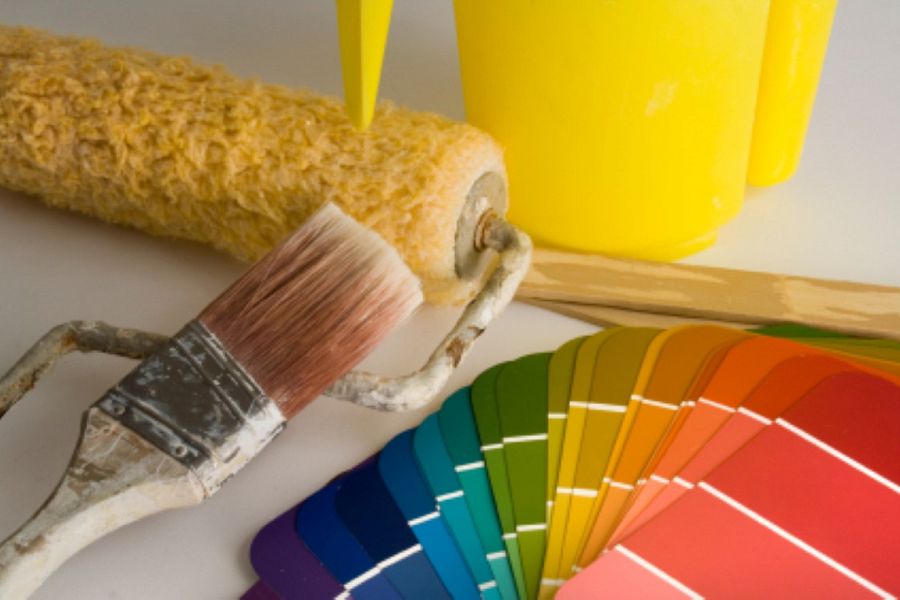Get Support
07 3839 5000
Repairs & Maintenance or Capital Improvements - What you need to know...

Repairs & Maintenance or Capital Improvements - What you need to know...
All properties require money spent and work carried out to maintain its condition, but if you do spend money on your investment property, how do you claim it back?
Some of these repairs and maintenance expenses can be offset when you lodge your tax return, but other capital improvements need to be included in your depreciation schedule. Before this can be done, it is essential to understand the difference between repairs & maintenance and capital improvements to ensure you are claiming correctly.
Repairs & Maintenance
If the fence at your property has deteriorated and requires repair (e.g. replacing one or two panels on a damaged fence), this would be classified as a repair and maintenance item. This is work simply completed to prevent or fix an existing item. These types of expenses can be claimed entirely in the financial year in which they occurred (e.g. they become an immediate deduction).
Capital Improvements
Capital improvements are generally when an item is wholly replaced or added to the property. They can also extend the functional life of an item and change its original character. If you replaced the fence mentioned above instead of just the damaged panels, this would be considered a capital improvement.
These types of improvements must be depreciated and included in your Tax Depreciation Schedule and claimed over a number of years.
Capital Works Deductions vs. Plant and Equipment Items
Capital improvements could include upgrading the bathroom tiles or upgrading the kitchen cupboards. These types of improvements generally cannot be removed without damage and typically depreciate at 2.5% over 40 years.
Plant and equipment items include both removable and mechanical Items such as curtains, carpet and appliances such as hot water systems. These items depreciate over a varying number of years depending on the item but generally range from 6 to 12 years to depreciate.
When determining if money spent on maintaining property is classified as repairs & maintenance or capital works, the following questions must be asked:
1. Has the property or the item been altered to extend its functional life?
2. Has the character of the original item changed or does it provide a different function?
If the answer is 'yes' to both questions, then the improvement needs to be considered as a capital improvement and must be depreciated over time rather than claimed as an immediate deduction.
Alternatively when determining if an item is classified as repairs and maintenance, you may ask the following questions:
1. Has the property or the Item been altered to maintain its functional life?
2. Has the character of the original item been maintained and does it provide the same function?
If the answer is 'no' to both questions, then it needs to be considered as a repairs & maintenance item and can be claimed as a 100% deduction when you are completing your tax return.
All capital improvements completed on the investment property should be added to your Tax Depreciation Schedule and depreciated according to ATO Guidelines.
Need the Best Team for Your Property?
We can manage the sale or look after your property with expertise
